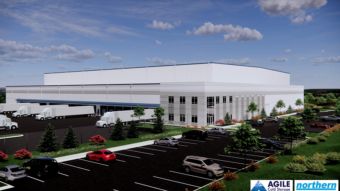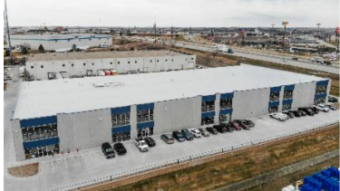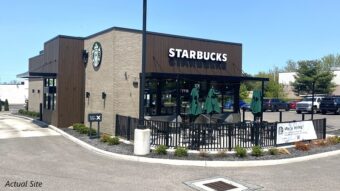There was SARS starting in 2002, H1N1 in 2009 and Ebola in 2014. Though these outbreaks all landed on U.S. shores to one degree or another, the economic impact of those events and COVID-19 aren’t correlative. The preventative shutdowns now in place mean that the financial repercussions this time around are already much worse.
“Once we got a handle the on H1N1, the economy did rebound pretty quickly,” said Gary Bechtel, president of Money360. “But in that case the economy was still functioning. People were still going to work, they were still shopping, they were still going out to restaurants and hotels.”
Early estimates suggest that, if stay-at-home mandates are able suppress the spread of COVID-19 as health experts hope, the economy could start to show signs of recovery within six to nine months of the initial outbreak. Assuming that timeline holds, the recovery could be swift once it starts to take shape.
“I think six to nine months is a reasonable best-case scenario,” said Bechtel. “And I do think it’s going to rebound relatively quickly once we’re allowed to go back to work and back to restaurants and to travel.”
What does the financing situation look like in the meantime? It’s hard to say. We were operating in a relatively low interest rate environment, and the Fed has only pushed rates down further in response to the pandemic—a scenario that normally would create a compelling position for borrowers.
However, there’s probably a limited pool of people who are in a position to seek out debt. Even for those looking for it, traditional sources are likely to be extremely conservative about dispensing an acquisition loan, and even more so for construction financing.
“The challenge is that the market has become somewhat illiquid. A lot of the traditional lenders—be that banks, life insurance companies, the agencies, etc.—have all pulled back,” Bechtel said. “That’s what you typically see in situations like this. When there’s instability, people contract and either pull out of the market entirely or become more conservative in their underwriting approach.”
Construction financing is going to be very hard to come by for the foreseeable future. Retail and hospitality projects are off the board, but even industrial and multifamily projects would need airtight fundaments. A borrower would have to make a very compelling argument and both sides will need to have a reasonable perception of what a recovery timeframe looks like.
While the indices are all low, the lenders that typically would provide loans based on those indices have pulled back to a certain degree. Historically, the non-bank lenders have filled that void. Some of them actually are planning construction loans right now, according to Bechtel—granted, at a higher rate than a bank would.
“As the capital markets melted down over the last few weeks, a lot of the leveraged players, the big mortgage REITs, for example, received fairly substantial margin calls on their leveraged debt,” said Bechtel. “Most made those calls; some chose not to. So now a lot of them are in a sell mode to raise cash for ongoing operations, for future funding obligations or for potential future margin calls. We’ll have to see where that plays out.”
Once things start to level out and capital becomes easier to come by, some project types will be more prevalent than others. There’s a long road ahead before any new retail or hospitality developments break ground, for example. Even if a group believes that a certain market is ready for a new hotel, there will unfortunately be plenty of unoccupied ones to choose from.
Multifamily has historically been relatively recession resistant, so market rate projects are likely to continue with few hiccups. And the time might be right for more affordable and workforce housing. There has long been an incredible need for units in that segment, but the low (or no) ROI precludes most developers from treading there.
That might soften a bit, especially on the labor side, because so many people will be looking for ways to get back into the workforce. And for a developer sitting idle, the slim margins of an affordable housing project are better than no margins. Recently, some projects have attempted to reposition vacant hotels as affordable or workforce apartments. With the pandemic projecting these two asset classes in opposite directions, that trend might become more prevalent.
“Industrial is probably the strongest sector after multifamily,” said Bechtel. “A lot of people have been buying online and having things delivered. You need warehouses and points of delivery to facilitate that direct to consumer strategy.”
On the investment side, it will interesting to see if there will be opportunities to buy properties at a discount to where they would have traded a few months ago. Investors looking for value will likely target assets that had already been in distress, as well as virtually any available hospitality or retail property.
“If you’ve got dry powder you’re looking to acquire, it’s a great time to be doing so. The wildcard is whether the time to buy is now or wait three to six months,” Bechtel said. “If you’re a property owner looking to acquire, I think it’s really hard to say where the bottom is. You’re going to see some great opportunities today, but you might see some even better opportunities a month from now.” The economy is taking the hit right now to protect the health of the populace. The federal government’s $2.2 trillion backstop will help, but there will still be damage; businesses will fail, and people will be out of work. Hopefully sheltering in place works and works quickly, so we can all get to work too.




